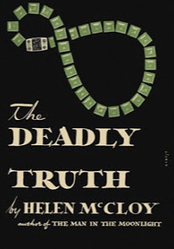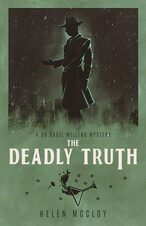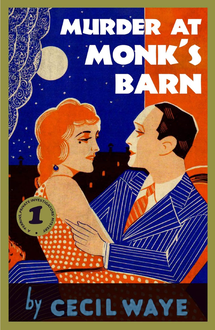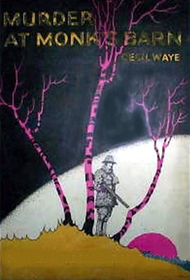
McCloy builds the backstories of her victim and suspects by employing some admirable twists and turns. In addition to the ambitious and trouble-stirring Claudia Bethune, Claudia’s husband Michael has cast off his first wife, Phyllis, for the wealthier and more attractive socialite. Michael and Phyllis both attend the truth-telling party, as does financial manager Charles Rodney and aspiring debutante Peggy Titus. The secrets revealed by the guests under the influence of the serum are unpalatable indeed, and Dr. Roger Slater, who has followed Claudia from his laboratory to recover the drug she stole from him, is a witness and reluctant conspirator at the fateful dinner.

Thanks to Agora Books for starting to reprint the Basil Willing books of Helen McCloy; may there be more to come soon. I received an advance reading copy through NetGalley in exchange for a forthright review. Kate from crossexaminingcrime and J.F. Norris from Pretty Sinister Books also have reviews posted.


 RSS Feed
RSS Feed